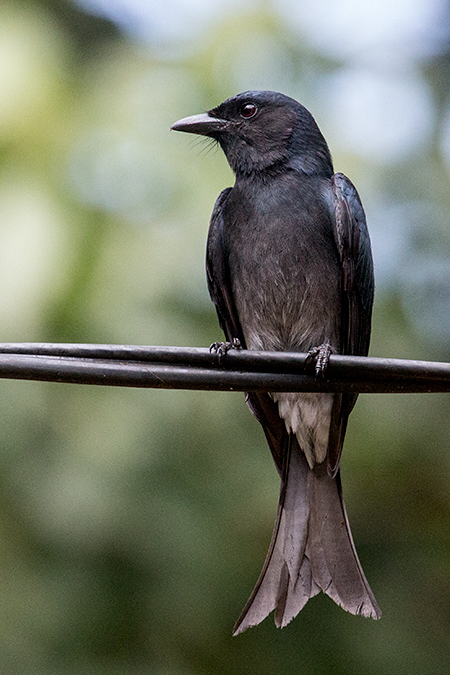

The genus name Elanus (EL-an-us) is Latin from the Greek elanos, kite, and elauno, to drive. The White-tailed Kite (WTKI) is about 15” long with a wingspan of 39” and a weight of 12 oz.
#White bellied kite bird code#
Male, 5 1/2 inches long, 10 in extent of wings.įor more on this species, see its entry in the Birds of North America Field Guide.Scientific Name: Elanus leucurus Length 15 in Wingspan 39 in AOU Band code WTKI Upper parts steel-blue, with green reflections, lower white feet flesh coloured. Wings a little longer than the tail, which is deeply emarginate. WHITE-BELLIED SWALLOW, Hirundo bicolor, Aud.

WHITE-BELLIED SWALLOW, Hirundo bicolor, Nutt. GREEN-BLUE or WHITE-BELLIED SWALLOW, Hirundo viridis, Wils. As far as the eye could reach, there were Swallows crowded thickly together, and winging their way southward there must have been many millions!" JOHN WOODHOUSE AUDUBON, I saw such an immense quantity of this species of birds that the air was positively darkened. BACHMAN says, "On the afternoon of the 16th of October, 1833, in company with Dr. During that time they are to be seen in great quantities flying around and over the houses in Boston in quest of insects." In the first part of August, they collect in large flocks about ten days before their departure for warmer climates.

So much do they prefer their present mode of breeding, that I have known them to breed in a rude candle-box, of which one side had been knocked out, placed upon the top of the house. originally intended for their relatives, so much so, that in this vicinity they are not now known to breed at all in the hollow trees a change of habit very unusual, if not wholly unexampled. In the vicinity of Boston, since the destruction of the Purple Martins already mentioned, they have taken their places, building in the boxes, jars, &c. BREWER Of Boston:-"The Hirundo bicolor arrives in New England the last of April or the first of May, and is principally occupied, preparatory to breeding, with obstinate contests with its own species, as well as with the Blue-bird, the Wren, and the Barn Swallow. In all parts of the country which are well wooded, it was, until lately, in the constant habit of breeding in the hollows of trees now, however, this is not so much the case, as will be seen from the following note of Dr. RICHARDSON states that it frequents the woody districts of the Fur Countries up to the 68th parallel, but does not mention the periods of its arrival or departure. I have traced it on our Atlantic coast from the Texas to Labrador, and Dr. This species is found abundantly dispersed over the Rocky Mountains, and along the Columbia river. They fly in a close body, and thus continue their journey, until they reach the places adapted for their winter residence, when they again resume by day the habits which they exhibit during their summer sojourn in the Middle and Northern States, but collect at night and resort to the sedges and tall plants of the marshes.
#White bellied kite bird full#
No sooner have the young of the second brood acquired their full power of flight, than parents and offspring assemble in large flocks, and resort to the roofs of houses, the tops of decayed trees, or the sandy beaches of our rivers, from whence they take their departure for the south. The eggs are from four to six, of a pure white colour, strongly tined with bluish, occasioned by the transparency of the shell, and are deposited about the end of May. It generally prefers the hollow of a tree for its nest, which is of a globular form, composed of slender grasses, and abundantly lined with feathers of various kinds. It also attacks the House Swallow, and frequently takes possession of its nest. Yet they remain in flocks at all seasons, and many pairs are often seen to breed within a short distance of each other. So quarrelsome is this Swallow, that it is almost continually fighting with its own species. Like all other Swallows, it feeds on the wing, unceasingly pursuing insects of various kinds, and in seizing them producing a snapping noise, which may be heard at some distance.

It is seen sailing, circling, turning, and winding in all directions, during the greater part of the day. Its flight is easy, continued, and capable of being greatly protracted. At the beginning of spring, it spreads widely over the country, and may be observed skimming over the streets of our cities, as well as along the meadows in their neighbourhood. This Swallow often spends the winter months in the State of Louisiana, resorting frequently to the neighbourhood of the marshes that border Lake Pontchartrain and Bayou St.


 0 kommentar(er)
0 kommentar(er)
